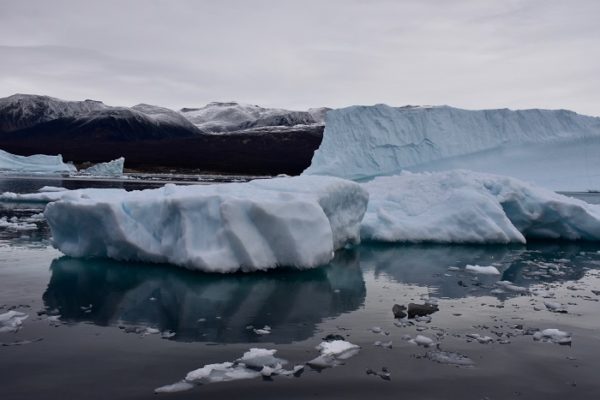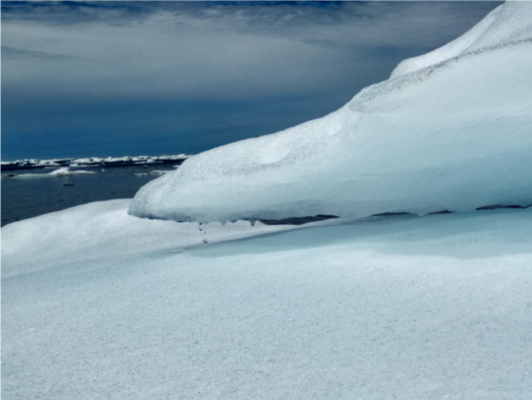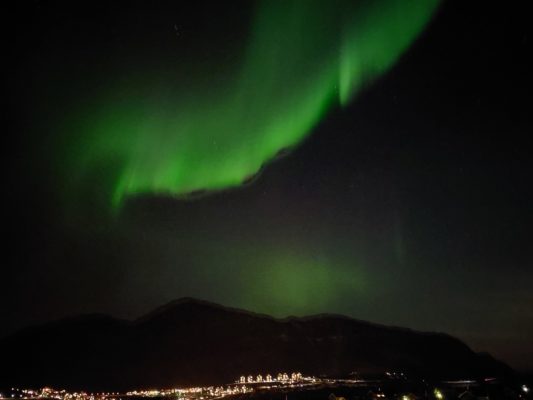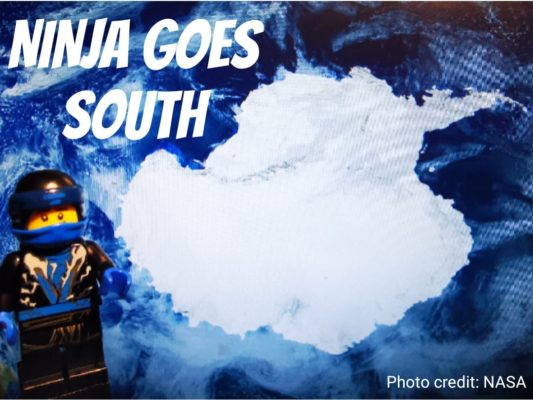When we think of lightning, it is often accompanied by warm summer nights, tropical storms and a sticky feeling when we try to sleep. However, lightning also happens in the cold Arctic, and is even increasing in frequency. But how and why? And why does that matter? What is lightning? Lightning is caused by a difference in electrical charge between the cloud and the air, nearby clouds, or the groun ...[Read More]
Camp Century re-visited: sediment from the bottom of a Cold War ice core reveals Greenland’s warm past
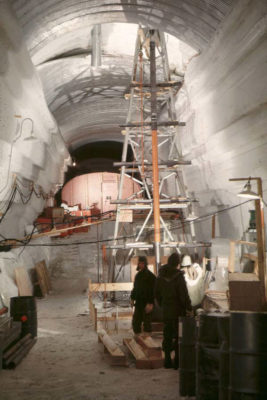
A Cold War nuclear-powered military base inside the Greenland Ice Sheet sounds like science fiction, but the science that came out of this U.S. army installation was anything but fiction. In last week’s EGU CR blog post, Paul Bierman and Amanda Schmidt discussed the advances made by the U.S. military in operating across the Greenland Ice Sheet that culminated in the establishment of Camp Century i ...[Read More]
Living IN the Greenland ice sheet: the story of Sites I and II, Camp Century’s older, smaller siblings
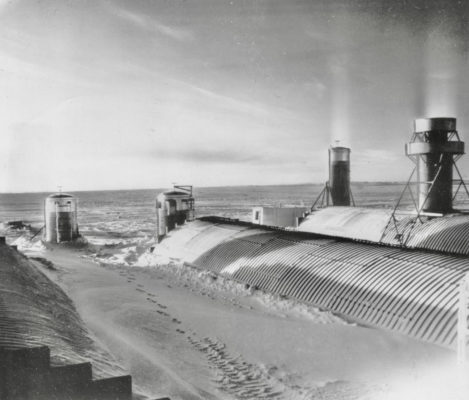
Greenland, cold as it is, was appropriately front and center in the Cold War. Strategically placed between Europe and North America, the United States sought to maintain and enhance its position on the island so that American missiles and bombers were in striking range of many Soviet targets. Soviet bombers and missiles coming toward North America would streak over Greenland making early warning c ...[Read More]
Parenting in Academia: Challenges and Perspectives

Trying to juggle teaching, advising, publishing, finding a new (or permanent) job, relocating, attending conferences, and actually doing research sometimes requires more hours in the day than exist (oh and that global pandemic situation is sticking around). Additionally, many scientists have children or are starting a family at the same time as maintaining and building a career. In this week’s blo ...[Read More]
Climate Change & the Cryosphere: Fjord sediments reveal how melting ice impact the marine ecosystem
It is scary how fast the Greenland Ice Sheet is melting and how much freshwater it is discharging to the coastal areas around Greenland. This freshening is having a serious impact to coastal marine primary production, which is the foundation of the Arctic marine food web. Now, because of increased melting and freshwater discharge, we need to understand how coastal ecosystems will react. How will A ...[Read More]
The Polar Amplifier
It’s no secret that the Arctic is warming faster than the rest of the planet, but why? Polar Amplification (often called Arctic Amplification) is the mechanism at play. In this week’s blog, we find out about its origins and why it happens. Early Discoveries In 1969, Russian scientist Mikhail Budyko and US scientist William Sellers discovered independently that the increase in greenhouse gases comb ...[Read More]
CryoAdventures – Three months in Nuuk, the world’s northernmost capital!
I have just returned from nearly three months in Nuuk, the capital of Greenland, where I was doing my PhD placement at Asiaq Greenland Survey. Read on to find out what science I got up to… everything from mapping mountain glacier snowline change to avalanches! How do you map glacier snowline evolution? During my PhD research placement, I was working at Asiaq Greenland Survey in their Hydrolo ...[Read More]
The EverDrill project: shedding light on the interior of a Himalayan debris-covered glacier
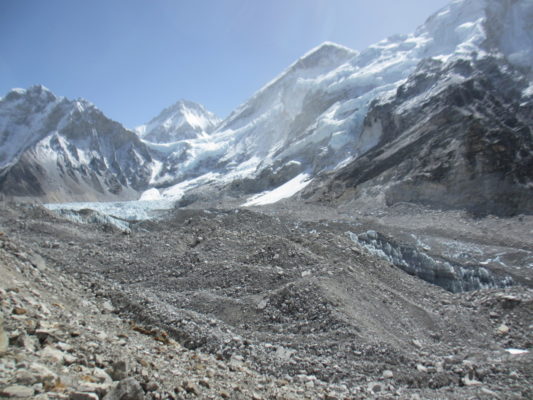
We know that glaciers are actively responding to climate change, but what is happening on the inside? The conditions within a glacier strongly influence its behaviour, but the deep and dark depths of a glacier are difficult to access – we know very little about this remote environment. The EverDrill project (2016 – 2019), funded by the UK Natural Environment Research Council, aimed to fill this kn ...[Read More]
Will the ice break out? – a story from the farthest north ice trails
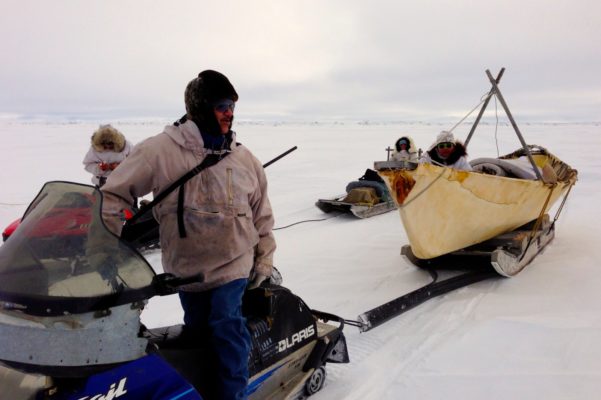
"For over two decades, the sea ice group at the University of Alaska has worked with the community of Utqiaġvik, establishing an integrated observing network. This network includes local observations, a coastal radar system to monitor ice conditions, an in-situ mass balance site monitoring environmental change such as ice growth and snow cover, and the mapping of community sea ice trails." In thi ...[Read More]
Cryo-adventures: Ninja goes south – Life and science onboard an icebreaker in the Weddell Sea (Antarctica)
Hello there! I’m Ninja – a curious little LEGO-figure who doesn’t know much about the cryosphere, but who’s learning! Maybe you read about me in the blogpost by ice sheet modeler Petra Langebroek a few years ago? She brought me to the ice-core drilling camp called EASTgrip, on top of the Greenland icesheet. Together, we wrote a photo-novel to tell her sons and all of you about life and science at ...[Read More]

